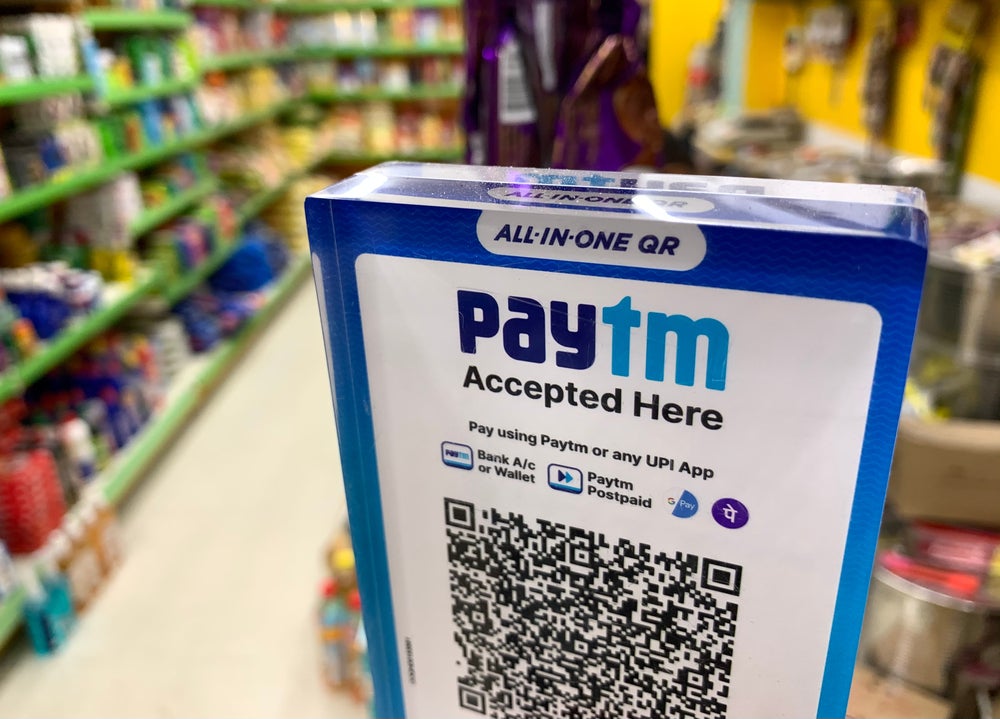The battle to onboard new customers remains a huge issue for European financial institutions.
Despite record levels of investment in digital technology, abandonment rates are no better than they were in 2016.
The investment means that consumers are finding applications easier to complete than last year. On the other hand, consumers report more on-boarding “pain” than in 2016.
Around 38% of all financial services applications in Europe are abandoned.
Although 38% improves on 2018’s high of 52%, abandonment rates are back at nearly the same level as 2016 (40%).
The figures are released in the third edition of digital identity solutions provider Signicat’s report: the battle to onboard.
How well do you really know your competitors?
Access the most comprehensive Company Profiles on the market, powered by GlobalData. Save hours of research. Gain competitive edge.

Thank you!
Your download email will arrive shortly
Not ready to buy yet? Download a free sample
We are confident about the unique quality of our Company Profiles. However, we want you to make the most beneficial decision for your business, so we offer a free sample that you can download by submitting the below form
By GlobalDataThe report is based on a survey of 3,500 adults across Finland, Germany, the Netherlands, Norway, the UK and Sweden. It covers consumers’ digital on-boarding experience with retail bank accounts, credit cards and insurance.
Financial institutions require to comply with Know Your Customer (KYC) and Anti Money Laundering (AML) requirements when onboarding customers.
Battle to onboard: usability and user experience
This requires personal information to be shared, and identity to be proven. But that is only the beginning. Usability and user experience are becoming increasingly important to retain customers’ attention during the process.
The ease with which consumers can complete an application mirrors the rate of abandonment. In 2016 13% of applications were said to be somewhere between difficult and painful. This number increases to 32% two years later.
In 2019, consumers feel while the application process has improved, it hasn’t quite made it back to 2016 levels. Around 24% say that onboarding is difficult to complete or worse.
Battle to onboard: Netflix, Deliveroo show the way
“New providers of financial services such as neobanks and digital-only payments firms have changed customer expectations. They deliver services in a manner akin to Netflix and Deliveroo,” says Sarah Kocianski, Head of Research at 11:FS.
“Many larger, older financial services firms however are failing to adapt to this new reality.
This is partly because those expectations change faster than some of these industrial giants can comprehend moving. But it is also partly because they don’t approach the problem in the same way.
“Most of them have invested heavily in the technology that underpins these new onboarding processes. But they have failed to rethink the processes themselves. That is why they are falling behind. And that is why customers are still failing to complete applications.”
Digital identity can reduce the pain when on-boarding a customer by dramatically speeding up the process. In countries with high digital identity adoption rates Sweden (91%) and Norway (81%) it takes less time to on-board customers.
For example, just 9% of applications take less than five minutes in the UK. This compares to 23% in Sweden, 22% in Norway, and 27% in Finland.
Similarly, twice as many applications take longer than 30 minutes to complete in the UK than in the Nordics.
Battle to onboard: good news for banks
The good news for banks is that they retain consumers trust to create and maintain identity solutions.
The report shows that almost half (44%) of consumers trust banks to manage their digital identity. Government schemes come in at a distant second at 25%. Retailers and social media platforms aren’t trusted as at all. They are only chosen by 3% and 2% of respondents respectively.
“Institutions have clearly improved their on-boarding processes. But customer expectations have shifted. This is partly due to challenger banks and fintechs that are laser-focused on perfecting customer experience. But it is also because consumers are used to better, slicker interfaces elsewhere,” says Gunnar Nordseth, CEO at Signicat.
“On-boarding has become a “Red Queen Race”. Everyone is innovating and consumers expectations are continually increasing. Financial services providers need to run fast just to maintain the position they have,” adds Nordseth.
UK consumers increasingly unhappy
In 2016, some 40% of consumers abandoned bank applications before they were complete.
More than one in three of these abandonments were due to the length of time it took to complete the details required. Another third objected to the amount of personal information they were asked to provide.
Two years later, the survey questions remained the same. Surprisingly, the findings are worse. The number of UK consumers abandoning applications leaps from 40% to 56%.
The report suggests that banks, credit cards, and insurance providers each have just 14 minutes to get their customers from the start of an application to the end. Otherwise they are more than likely to lose the customer altogether. The report argues that this near-to-impossible without digital identity. Other ways of proving identity simply take too long.
The data suggests that financial services providers may be turning a corner when it comes to on-boarding. But there is still a great deal of work to be done in creating a good user experience.







